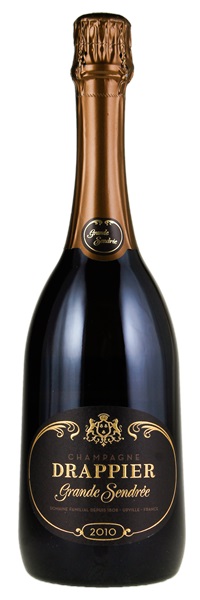Estimate

...aromas of citrus oil, white flowers, white peach and fresh bread. Medium to full-bodied, bright and concentrated...racy spine of acidity, an elegant pinpoint mousse and a penetrating, chalky finish.
A quietly elegant Champagne, with a lovely soft, laciness to texture, and a minerally underpinning of smoke and saline accents. It displays a creamy mesh of crushed black cherry, grilled nut, kumquat and dried apricot and a refine, subtle finish.
Aromas of ginger, dried pineapple, baked apple, nutmeg and toast. Rich and flavorful, with silky bubbles and zippy acidity. Spicy and gently toasty, with a lengthy finish.
...fleshy with aromas of buttered brioche, espresso, and apricot, while the palate offers more energy to balance the richness of the wine, with fresh red berries, beeswax, chamomile, and fresh orange, a lovely chalky texture, and a fluffy mousse.
Really quite evolved on the nose. Very piercing and dense! Extremely intense. With a very fine bead. Extremely long.